Combustible cladding replacement needed at another Greenwich development
Plans are in to replace flammable cladding at yet another recently built Greenwich development.
Cladding on Bellville House within The Movement is in line for replacement.
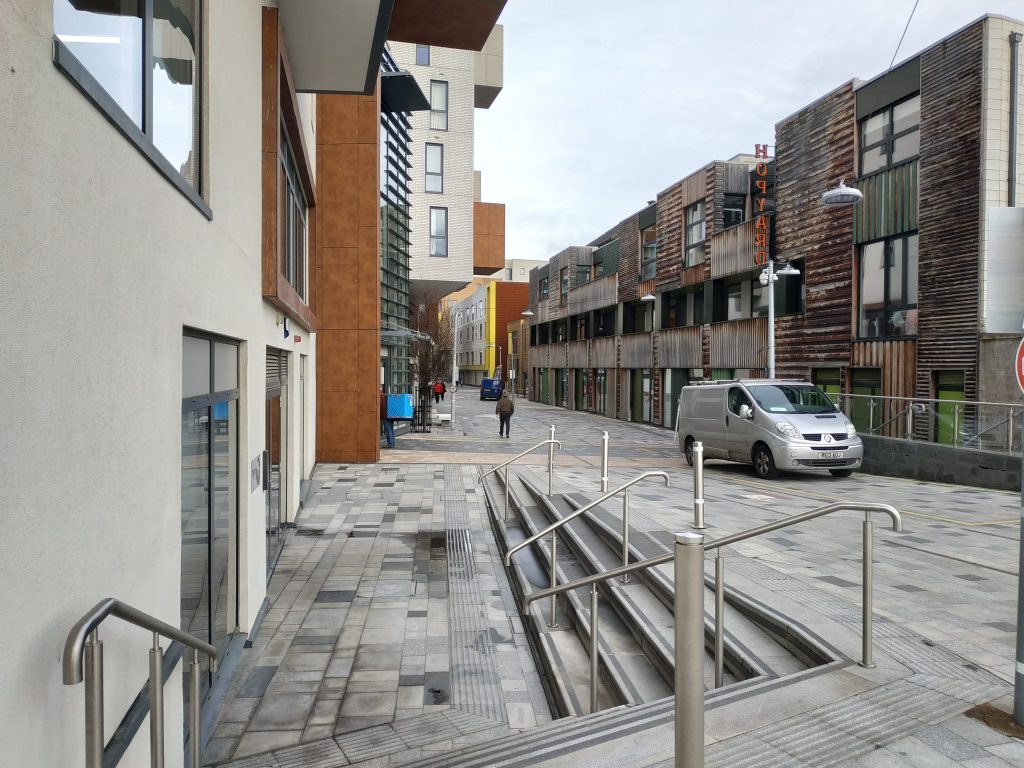
The Movement comprises 181 flats, a gym, nursery, a 104-bed Travelodge hotel and 358 student bedrooms.
U&I constructed the development in partnership with Wilmot Dixon, with their website stating it was “developed with award-winning architects HLM and Studio Egret West and in close consultation with Greenwich Council”.
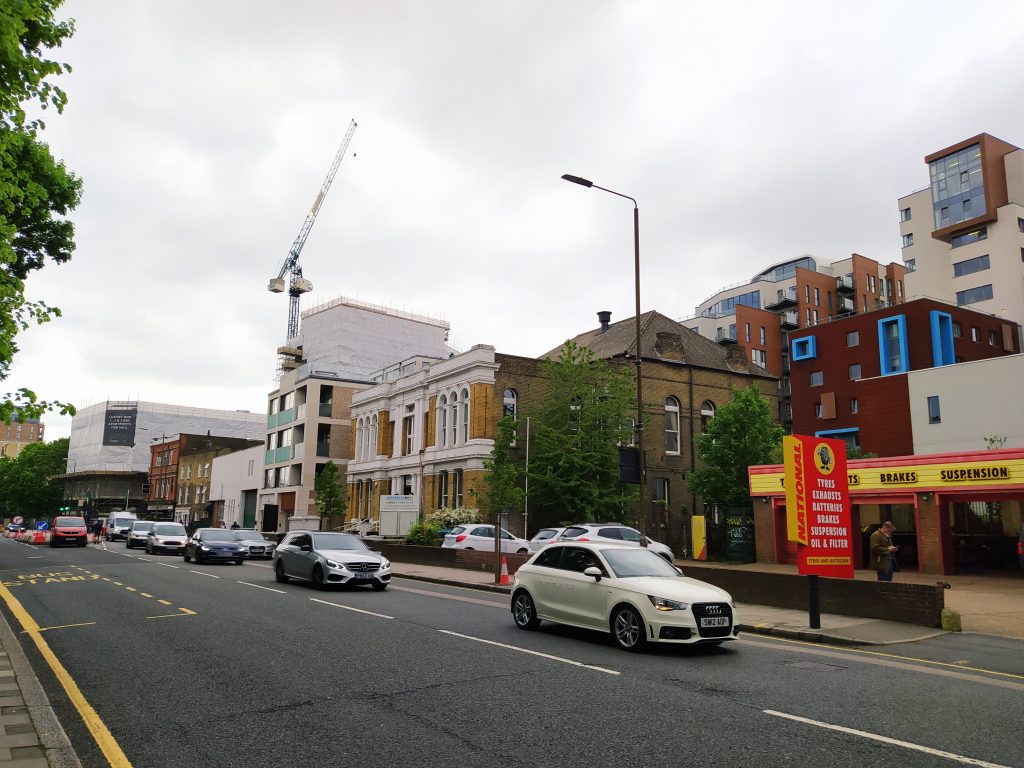
The application states:
“When the building was originally constructed a number of these now banned materials were used, these include:
• Render cladding comprising render attached to polystyrene insulation supported on aluminium rails.
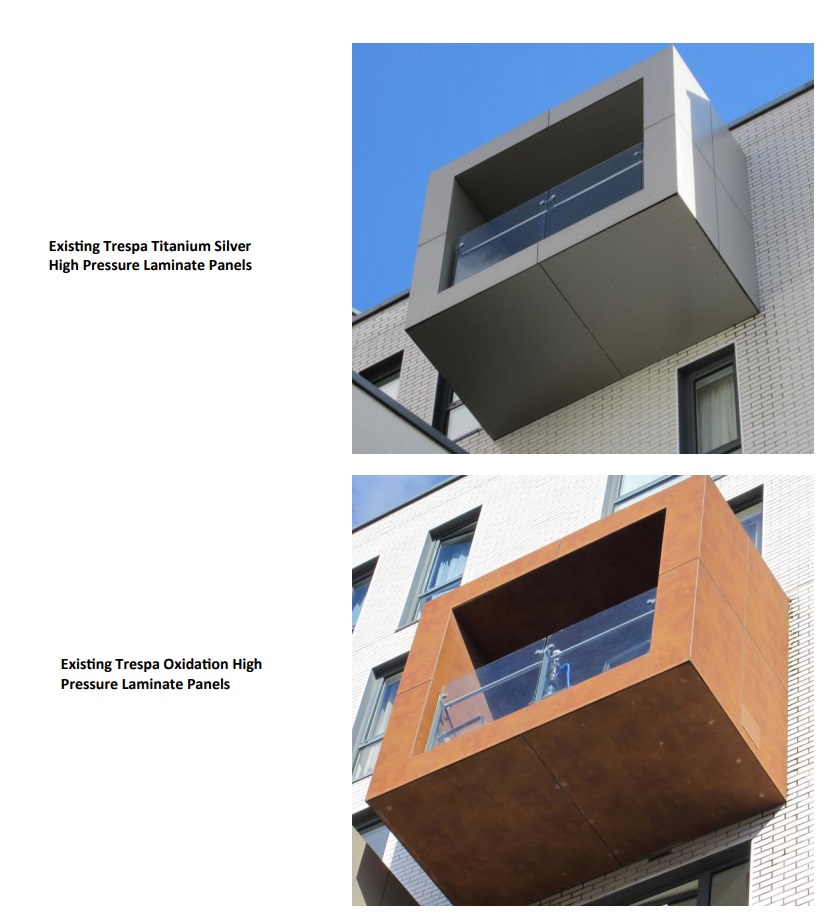
• High Pressure Laminate cladding comprising Trespa facia panels with foil faced phenolic insulation boards (Kingspan K15).
• Brick Slip Cladding comprising brick slips on panels with integrated Polyurethane rigid foam insulation (Gebrik panels) and foil faced phenolic insulation boards (Kingspan K15).
• Folded aluminium cladding system with pre-weathered zinc finish with combustible insulation and timber sub frame.”
Running a site alone takes time and a fair bit of money. Adverts are far from enough to cover it and my living costs as a private renter.
You can support me including via Paypal here Another option is via Patreon by clicking here You can also buy me a beer/coffee at Ko-fi here There's also a Facebook page for the site here Many thanks
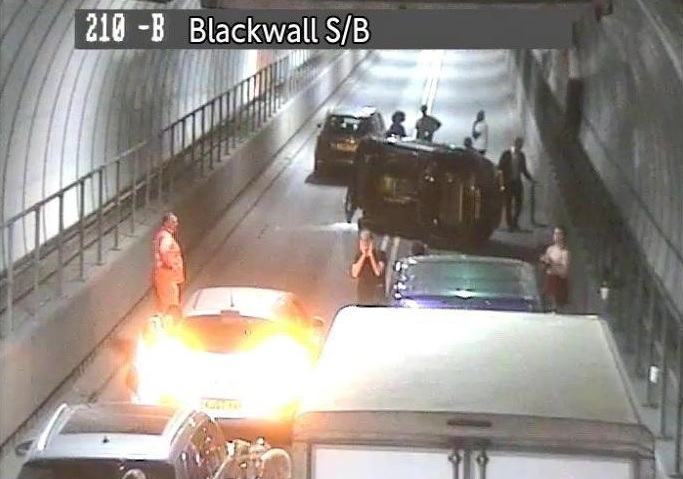
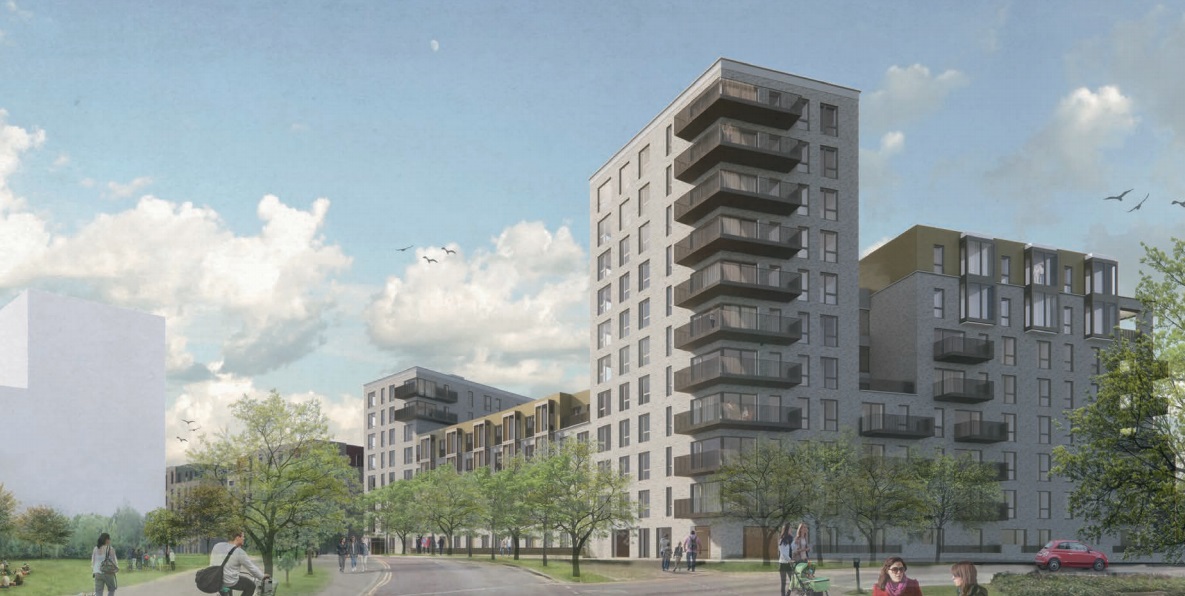
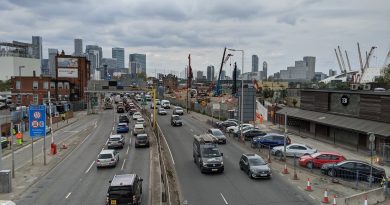
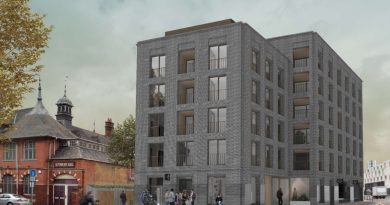
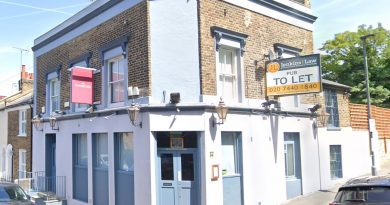
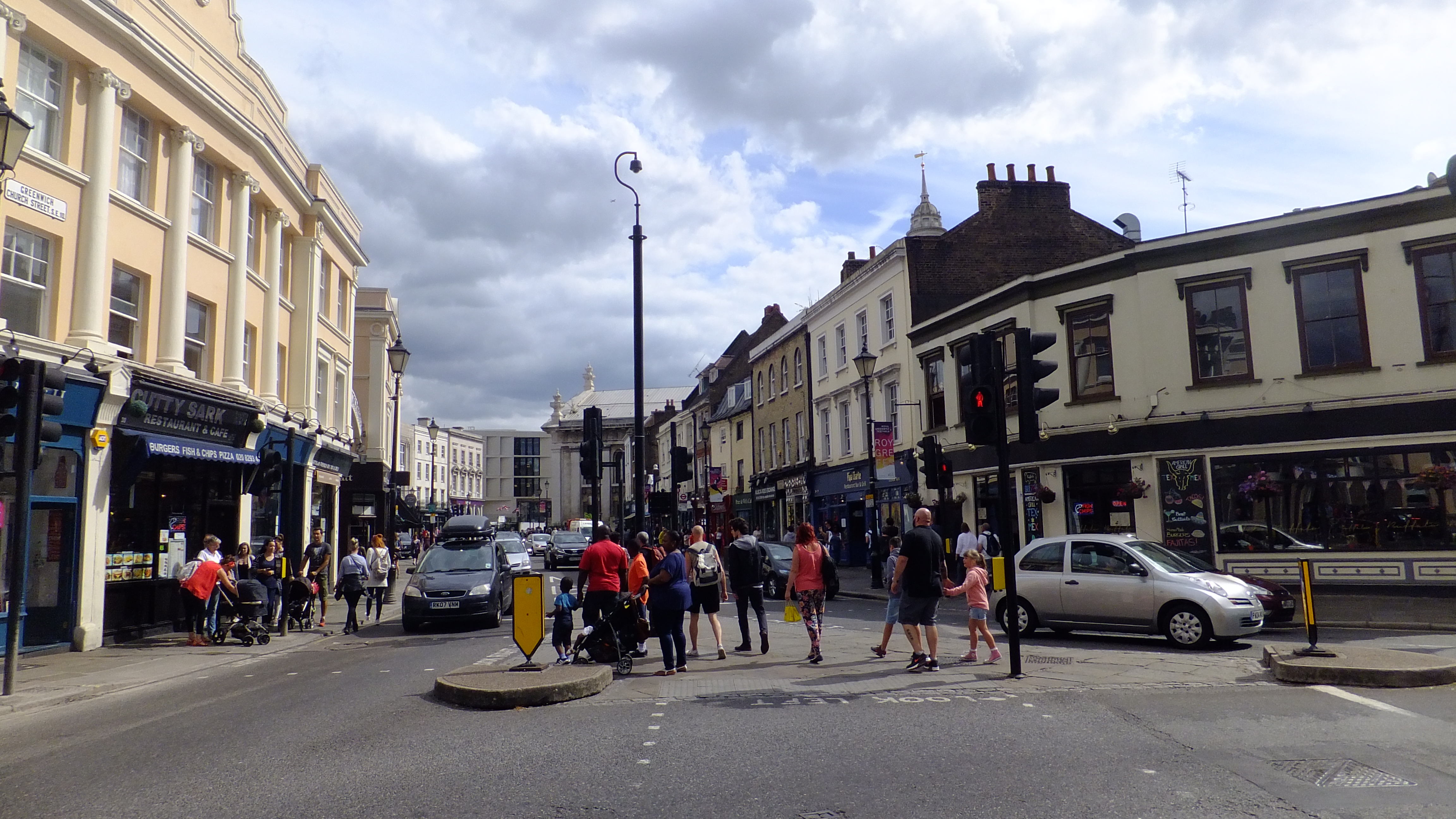
i find it staggering that anyone specifying or procuring cladding would accept polystyrene or polyurethane in the material.
In addition to their flammability, polyurethanes form carbon monoxide, hydrogen cyanide and other toxic products on decomposition and combustion.
Everything went to the cheapest bidders. The cladding scandal would be headline news every day were it not for Covid. Take a look at some of the Grenfell evidence. It is one of greed, incompetence, corruption, mis-management, the lot! Of course the bulk of people will get away with it while we leave poor leaseholders to whither on the vine.
Thank heavens I bought \Victorian.
I hope Greenwich Council Planners will now ban all future developments that plan to use cladding on the buildings .
There are other ways to make homes more energy efficient by using non dangerous materials and by using the latest FENSA standards of double glazing and energy efficient boilers and heating systems. Cladding was originally used to insulate homes to help cut fuel bills.
Architects usually specify Phenolic insulation because to achieve the same depth using mineral wool, would often require up to 300mm of insulation. As London square footage rates are so high, developers want every square inch they can get.
Why is anybody surprised that this is about money and greed> all decisions primarily come down to money. The Grenfell inquiry just highlights how poor the oversight has been. This is the main issue. If successive governments of every stripe had not cut down local councils money, they could have paid for a fleet of Clerks of Works to monitor building methods. Instead we have an inadequate, knee-jerk £5bn fund to remediate cladding. That £5bn would have paid for a lot of oversight on building work